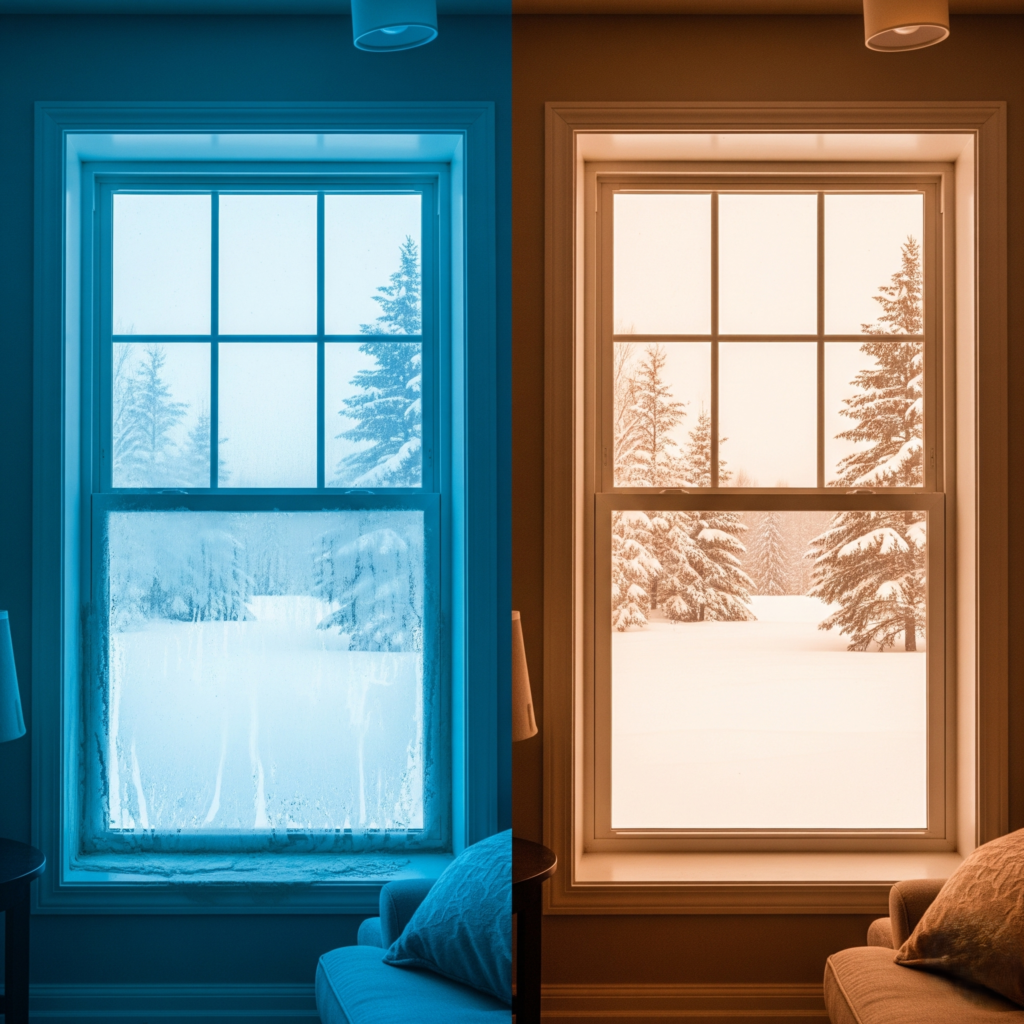Introduction: Is Winter a Good Time to Tint Home Windows?
Window tinting is often associated with summer sun and heat reduction, but many homeowners wonder: Can you tint home windows in winter? The answer is yes! Tinting your windows during colder months not only helps with insulation but also preps your home for year-round energy efficiency.
In this article, we’ll explore how winter affects window tinting, the benefits of installing tint in colder months, and tips for successful application.
Can You Tint Windows in Cold Weather?
Absolutely. While winter poses some challenges, professional-grade window film can still be applied effectively in cold conditions. The key is to understand:
- How cold affects adhesive curing
- The importance of indoor installation
- Using specialized films suitable for lower temperatures
Benefits of Tinting Home Windows in Winter
1. Improved Home Insulation
Window film adds a thermal barrier, reducing heat loss through glass and helping maintain consistent indoor temperatures.
- Cuts heating costs by up to 30%
- Keeps drafts out
- Reduces cold spots near windows
2. Year-Round UV Protection
Even in winter, UV rays penetrate glass and can fade furniture, flooring, and artwork. Tinting your windows in winter ensures 365 days of UV protection.
3. Prepares Your Home for Summer
Installing tint in winter means you’re ready for the heat when summer rolls around, without waiting for springtime backlogs or increased prices.
4. Increased Privacy During Early Darkness
Shorter days and early darkness mean lights are on indoors more often. Window film provides added privacy without needing heavy curtains or blinds.
What Challenges Does Winter Window Tinting Present?
While possible, cold-weather tinting does have a few considerations:
1. Longer Drying Times
In winter, window film adhesive cures more slowly due to lower temperatures and humidity.
- Drying may take 7–14 days instead of 2–3.
- Condensation or frost can delay the process.
Pro Tip: Choose days above 40°F (4°C) and keep interior temperatures above 65°F.
2. Risk of Moisture Trapped Under Film
If condensation forms during installation, it can trap moisture between the film and glass. Proper cleaning and climate control are essential.
3. Brittle Film or Glass
Cold conditions can make film more brittle and glass more susceptible to cracking under pressure, especially with single-pane windows.
- Use soft squeegees and apply with care.
- Let the film acclimate to room temperature before use.
Types of Window Film Best for Winter
1. Low-E (Low Emissivity) Film
Designed to reflect heat into the room, Low-E film is ideal for colder climates and offers year-round energy efficiency.
2. Insulating Window Film
Specialized for preventing heat loss, this film helps reduce your reliance on heaters and increases indoor comfort.
3. Ceramic Film
Offers high clarity, heat retention, and excellent UV protection. It doesn’t interfere with visibility or light transmission, making it great for darker winter days.
Step-by-Step Tips for Successful Winter Tinting
1. Choose the Right Day
- Aim for a dry, sunny day with outdoor temps above 40°F (4°C)
- Keep indoor temperatures above 65°F
2. Thoroughly Clean the Glass
Use a lint-free cloth and ammonia-free cleaner to remove dirt, oils, and condensation.
3. Let Film Acclimate
Keep the film indoors overnight so it adjusts to room temperature before installation.
4. Use Proper Tools
Have ready:
- A squeegee
- Application solution (soap and water mix)
- Utility knife
- Lint-free cloths
5. Apply Indoors
Install film from inside the home to avoid exposure to outside air, frost, or wind during application.
6. Be Patient With Curing
Wait at least 10–14 days before cleaning or inspecting closely. Don’t worry if bubbles or cloudiness appear, they usually go away as the film sets.
Professional Installation vs. DIY in Winter
DIY Installation
- More affordable
- Ideal for handy homeowners
- Requires patience and climate control
Professional Installation
Common Myths About Winter Window Tinting
| Myth | Truth |
|---|---|
| “Window tint only helps in summer” | Tint insulates glass, making it useful in winter too |
| “You can’t install tint in cold weather” | You can—with the right prep and conditions |
| “Tint reduces natural winter sunlight” | High-quality films maintain visibility and light |
| “Tinting damages your windows” | Only if installed incorrectly; pros prevent this |
Conclusion: Winter is a Smart Time to Tint Your Windows
So, can you tint home windows in winter? Absolutely. While installation and curing may take longer, the benefits, from energy savings to UV protection, make it a smart investment year-round. With the right materials, conditions, and techniques, winter tinting is not only possible but also highly effective.





